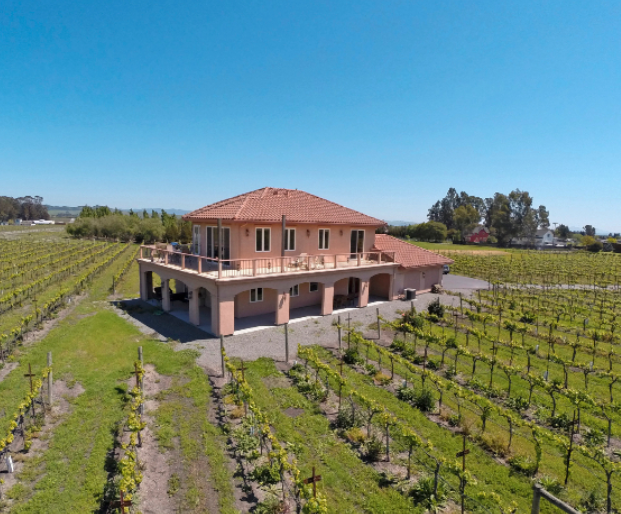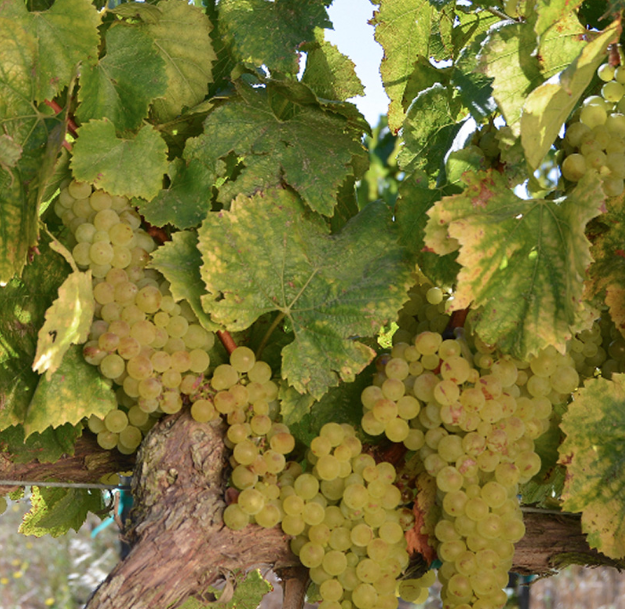Rock and Clay Wines
Get the Dirt from Kent Iverson
“My favorite varietal is Malbec – I love the rich flavors, fine grained tannins and deep color of the wine. Malbec can have the approachability of a Merlot with the complexity and intensity of a Cabernet. ”
What was your first vintage year?
2016 was the first commercial Rock and Clay wines – we made “prototype” wines in 2015. For me personally, my first vintage making wine was 1983 while attending UC Davis
How many cases do you make per vintage? ~350 in 2016 to 2018, increasing to ~450 in 2019
Do you have a Tasting Room?
We do not have a tasting room, but we do pour our wines at various events which are announced to our email list members on a regular basis.
If not you, who is your winemaker?
Our wines are made at Wine Foundry in Napa. Eric Hansen was our winemaker through 2018, and Patrick Saboe is our current winemaker. I participate in the winemaking decisions.
What wine made you want to become a winemaker/start your own winery?
My Dad shared a bottle of 1977 Chateau Montelena Chardonnay with me when I was in High School and that ignited my interest in wine. Since then I veered off of a pathway towards a career in winemaking and have been working in the biotech industry and making wine in my garage. I decided to start a commercial wine label because I found home winemaking to be too competitive ;)
What varietals do you work with?
Rock and Clay currently offers a Chardonnay, a Malbec and a Tannat. We are also making Malbec and a malbec/tannat blend from other vineyard sources, a Petit Verdot and a Viognier.
My favorite varietal is Malbec – I love the rich flavors, fine grained tannins and deep color of the wine. Malbec can have the approachability of a Merlot with the complexity and intensity of a Cabernet.
What vineyards do you source from?
We purchase grapes from Tzabaco Rancho Vineyard in Dry Creek Valley, Mathew’s Station and Catie’s Corner Vineyards in Russian River Valley, Windsor Oaks Vineyard in Chalk Hill, and Herringer Vineyards in Clarksburg. All of these vineyard sources have been established for decades and offer limited quantities of very high-quality fruit.
Our estate chardonnay vineyard is located in the Southwestern corner of the Carneros AVA. The vineyard was planted ~30 years ago and we purchased it in 2012. The Haire clay/loam soil and breezy climate in that part of Carneros produce slow ripening of the fruit and wines that possess the citrus, apple and mineral flavors that we love in Carneros chardonnay.
What type of oak treatment do you use? Why?
The red wines are aged for 12 to 18 months in medium toast French oak barriques, about half new/half used. We use French oak and only ~50% new barrels so that the barrel contributions to the wines’ aromas and structure are moderate and well-integrated.
The white wines are fermented in neutral French oak barriques and aged on fine lees for ~6 months. We do not want oak notes to be a salient feature in the aroma of our white wines. We build the mouthfeel of our white wines with limited exposure to neutral oak, and aging on fine lees.
What do you love about your winemaking region? What makes it different special?
Sonoma County features an incredible diversity of soil type, geography and climate. There is not only a wide range of grape varietals grown in Sonoma County, but also unique appellations which produce different and distinctive wines from the same varietal.
The best thing about Sonoma County is that there are many excellent grape growers and winemakers and they are humble, accessible and generous with their knowledge.
What’s the story behind your winery name / label?
“Rock and Clay” was a name I thought of one day when I was planting a few replacement vines in our vineyard. When you dig a hole in our vineyard, it is difficult not to think about “rock and clay”.
Our labels feature images of different bird species native to Sonoma County. The artwork is created by Roger Hall (www.linkart.net) who we think of as the Bay Area’s John J. Audubon. Birds are present in our vineyard all year long – we chose them as our label art because they are a beautiful and a connection between our vineyard and the wild.
What's the one thing you wish someone had told you about the wine business before you started your own winery?
I received a lot of good advice from people in the business before I got started. I’m not saying that I heeded any of it, but I have not been unpleasantly surprised by what I have learned since starting the business.
Most importantly, what's so great about being small? What can you do as a small winemaker, that wouldn't be possible for larger wineries?
You can take more risk in terms of making wines that are not “mainstream” in terms of varietal and/or style. Having a smaller volume of an unusual wine makes it possible to sell it through direct interactions with potential customers that allow you to present your view of the virtues of the wine.
I think smaller producers can also have the opportunity to focus more attention on each barrel of each wine they produce, making wine production decisions more precise/timely.
How do you view the future in the wine industry for small-lot winemakers?
I think there will continue to be a stable, growing market for US-based, small-lot winemakers. New wine consumers will usually purchase wines that are imported or are the product of larger “corporate wineries”. As a wine consumer is exposed to more and different wine, their tastes usually evolve and the consumer ultimately seeks out distinctive examples of specific wine types.
Most small lot wine labels offer distinctive wines which have the cachet of being very limited in availability, while often being available for reasonable prices. I think this type of “value connoisseurship” will continue to be a small but vital element in the overall market, facilitated by the visibility that social media and web provide to these small wine labels.
If you could choose another wine region to work in what would it be? Why?
Tuscany. I love the food, wine, land and culture of Tuscany. The only thing missing is a small-lot winemaker producing a malbec-based Super Tuscan.



